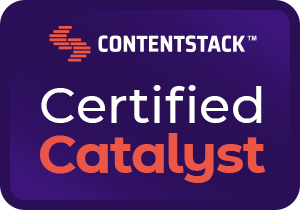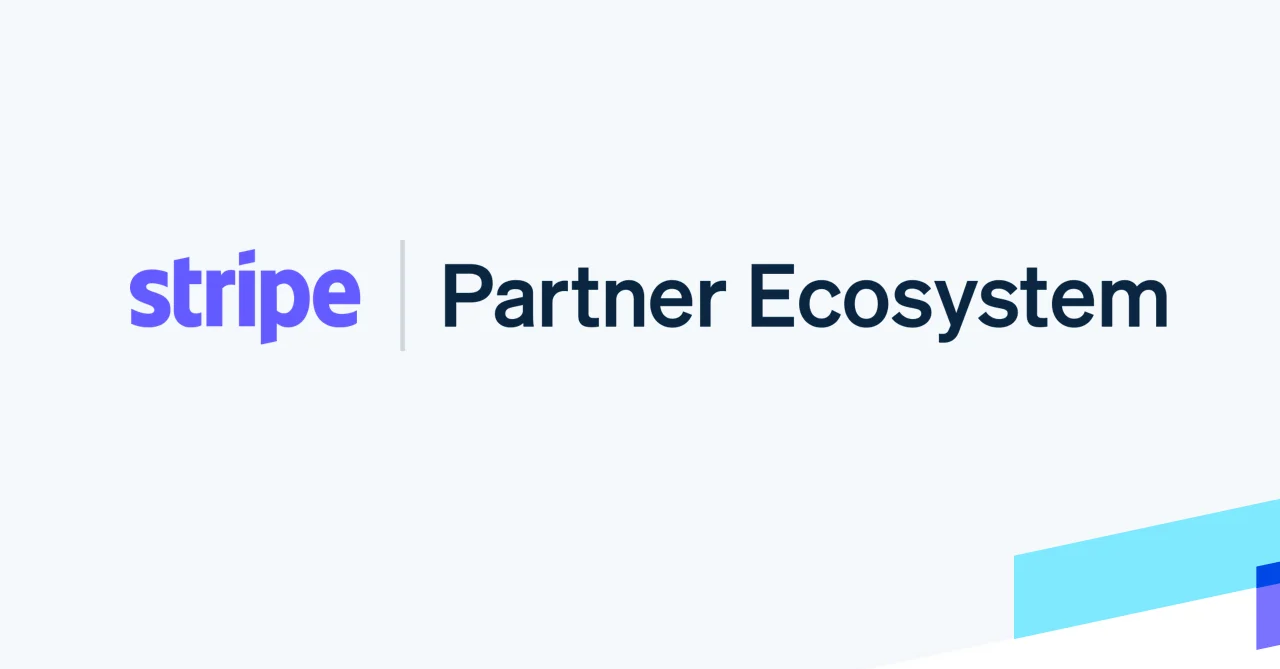How Business Process Automation Can Revolutionize Legacy Systems
2024-08-19In today's fast-paced digital world, businesses that still rely on legacy systems often find themselves struggling to keep up with the competition. These outdated systems, while once the backbone of an organization, can now act as a barrier to efficiency and innovation. However, there's a way to breathe new life into these systems: Business Process Automation (BPA). By automating key processes, companies can enhance productivity, reduce errors, and unlock new levels of efficiency—even with older technology in place.
Understanding Business Process Automation
Business Process Automation involves the use of technology to execute recurring tasks or processes in a business where manual effort can be replaced. This can range from simple tasks like automated email responses to more complex processes such as order processing, customer support, and even managing IT operations.
By automating these processes, businesses can not only reduce the time spent on repetitive tasks but also minimize human error, leading to more consistent and reliable outcomes. According to a report by McKinsey, companies that embrace automation can increase productivity by up to 20% .
The Challenges of Legacy Systems
Legacy systems are often deeply entrenched in an organization’s operations. They may be running on outdated hardware, using obsolete programming languages, or be dependent on processes that have not been updated in years. These systems can be costly to maintain, difficult to integrate with modern software, and prone to failures. Yet, replacing them entirely can be a daunting and expensive task.
This is where BPA comes into play. Instead of overhauling the entire system, businesses can implement automation technologies to enhance the functionality of their existing infrastructure. This approach allows companies to modernize at their own pace, reducing downtime and avoiding the steep costs associated with a full system replacement.
Implementing Business Process Automation in Legacy Systems
To successfully implement BPA in legacy systems, businesses should follow these steps:
Identify Key Processes for Automation: Begin by mapping out all the processes within your legacy system. Identify those that are most time-consuming or prone to errors. These are the processes that will benefit most from automation.
Choose the Right Automation Tools: There are various automation tools available, ranging from Robotic Process Automation (RPA) to Artificial Intelligence (AI)-driven solutions. The key is to choose tools that can integrate seamlessly with your existing systems. For instance, Cause of a Kind specializes in creating custom solutions that bridge the gap between legacy systems and modern automation technologies.
Start Small and Scale Up: Implement automation in stages, starting with a single process or department. This allows your team to adjust to the changes and provides an opportunity to refine the automation strategy before rolling it out across the entire organization.
Monitor and Optimize: Once automation is in place, it's important to continuously monitor the performance of the automated processes. Use analytics to identify any areas where the automation can be improved, and make adjustments as needed.
The Benefits of Business Process Automation for Legacy Systems
Implementing BPA in legacy systems offers several significant benefits:
- Increased Efficiency: Automation reduces the time spent on manual processes, allowing employees to focus on more strategic tasks.
- Cost Savings: By automating repetitive tasks, businesses can reduce labor costs and minimize the risk of costly errors.
- Improved Compliance: Automation ensures that processes are followed consistently, which can help with regulatory compliance.
- Scalability: Automation allows businesses to scale operations more easily, as automated processes can handle increased workloads without additional resources.
According to Forrester Research, companies that leverage automation can achieve a 10-15% cost reduction while improving customer satisfaction .
Final Thoughts
For businesses still reliant on legacy systems, the prospect of modernization can be overwhelming. However, by focusing on business process automation, companies can gradually modernize their operations, enhancing efficiency, reducing costs, and staying competitive in a rapidly evolving market.
At Cause of a Kind, we understand the challenges of modernizing legacy systems. Our approach to BPA is tailored to meet the unique needs of each client, ensuring that automation solutions are seamlessly integrated and deliver maximum value.





